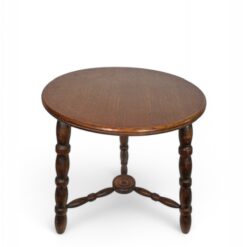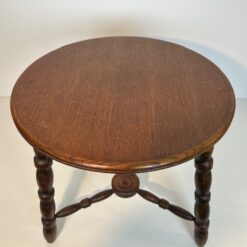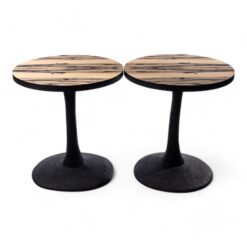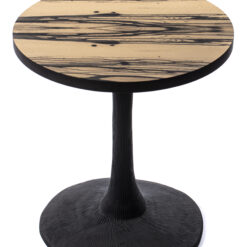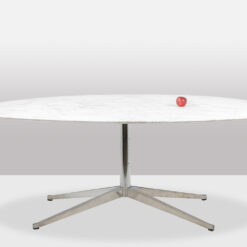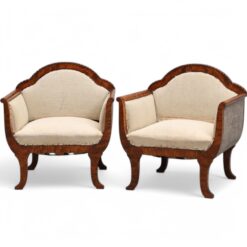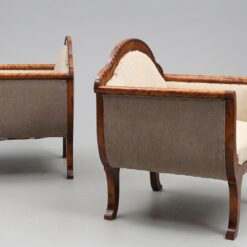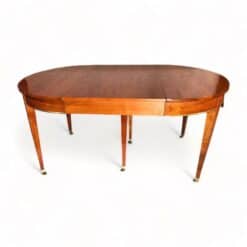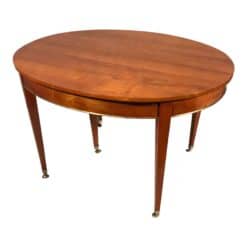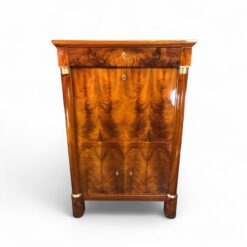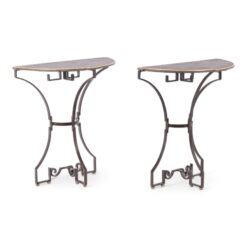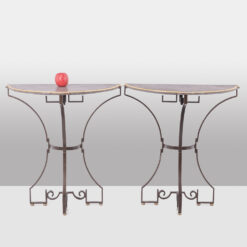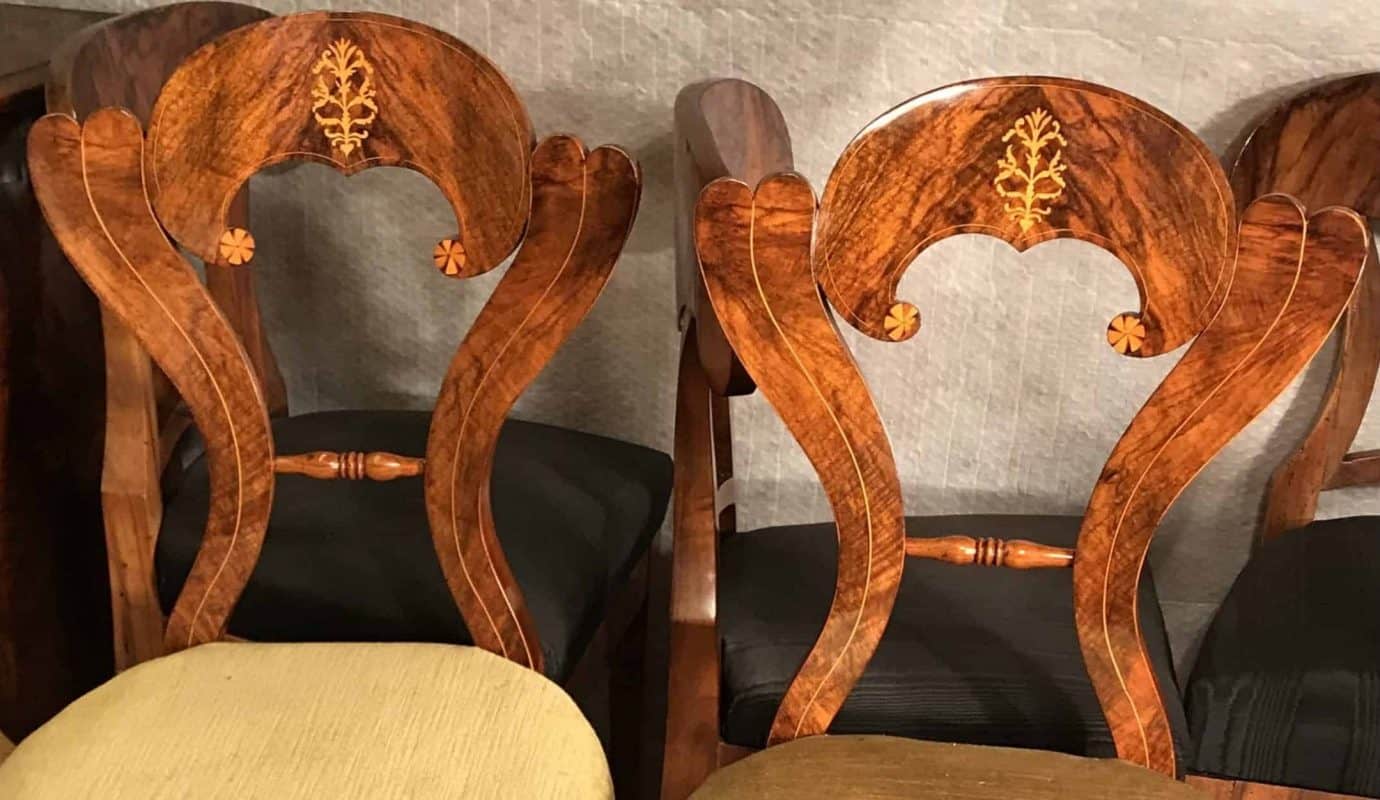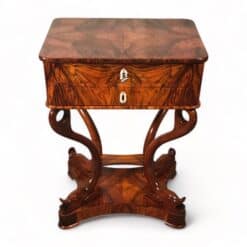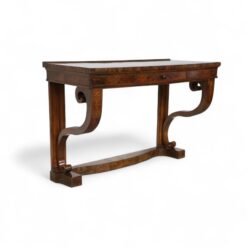Best Sellers
Biedermeier, Famous Designers, Furniture, Styylish History
The Craft of Josef Ulrich Danhauser, Furniture Visionary
To understand the role of visionary Austrian furniture manufacturer Josef Ulrich Danhauser in the canon of interior design history is to understand how an artist can reflect the qualities of a style period while systematically upending them.
A craftsman of the early Biedermeier period in Vienna, Danhauser honored the simplicity of the period. Yet he found in it the means for true, extravagant beauty. That seeming oxymoron drives his craft and body of work and is the topic of our blog today.
In the past few weeks, we have exhumed the role of Rococo furniture in 18th century design and have explored the way accent chairs can elevate simple interiors to tasteful elegance. Importantly, we heard from Styylish founder Silke Berlinghof, who introduced us to her favorite pieces and periods. If you read that piece, you know how essential Biedermeier is to Silke and Styylish.
For a refresher on the Biedermeier period in general, read up on our buying guide from a few weeks ago. Or browse the Styylish catalogue for all kinds of treasures from the 18th and 19th centuries.
Biedermeier in Austria

At the turn of the 19th century, the Austrian Habsburg court was low on funds. During the height of the Napoleonic period in France, Austria was vulnerable and ill-equipped. It was a period of turmoil for royalty everywhere. On the heels of the French Revolution, no king or emperor felt as secure in his holdings as he once had.
Aristocratic design excesses has characterized the 18th century. The Baroque period had seen royal palaces and wealthy townhouses decked out in lavish, decorated furniture and art. For more on the Baroque period in general, read up on our blog post from a few weeks ago.
The Biedermeier style emerged out of a rising middle class. It favored geometric simplicity, light wood, and little additional décor. It was crafted, for example, in the furniture factory of Josef Ulrich Danhauser in Vienna. His designs were mass-produced. But they were not just for the emerging middle class.

Because the court had entered a period of financial instability, the simplicity of Biedermeier actually became the favored style for private palace quarters. Though reception halls and throne rooms continued to be heavily decorated, simpler Biedermeier furniture was not at all out of place. In fact, it was sought after. That is how someone like Josef Danhauser became not just a successful artisan, but a cultural visionary.
Ironies in Style
Josef Ulrich Danhauser was born in 1780 in Vienna. By the age of 24, he had completed his studies as a sculptor. In 1804, the young talent founded the Etablissement für alle Gegenstände des Ameublements, a long name for what was effectively a factory of all things interior decoration. By 1808, he employed over 100 people.
What made Danhauser so successful at court and in Vienna at large was his floral interpretation of Biedermeier simplicity. Where others felt confined by lack of expensive décor, Danhauser shaped his wood in ways that made it come to life. One historian notes that Danhauser represents the “high end [of] the [Biedermeier] style”.
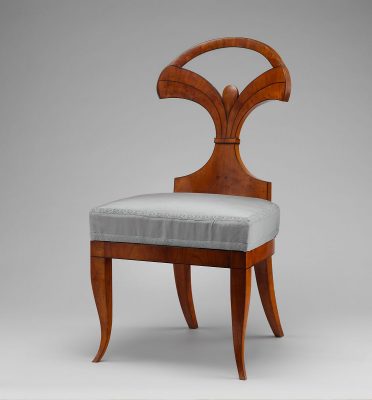
Perhaps most strikingly to any student of furniture history, Danhauser seems to anticipate the trends that would become prevalent by the beginning of the 20th century, one hundred years after his death in 1829.
There is a distinct similarity between the floral, light wood designs of Danhauser and the Art Nouveau artists of the early 20th century. A first time viewer of Danhauser’s work might indeed mistake it for a piece one hundred years younger. For more on Art Nouveau, read up on our blog on vintage design from earlier this year.
The all-important bottom line for understanding the work of Josef Ulrich Danhauser in context is to see how much more refined it seems next to other work from the Biedermeier period. It has a quality of lightness and joy that seems a far cry from the simple, heavy edges of a Biedermeier closet from Northern Germany, for instance. Yet it remains distinctly Biedermeier, for its approach to wood in an era rejecting excess.
Legacies of Danhauser
Josef Ulrich Danhauser had a more famous son who shared his name. The painter Josef Danhauser made a name for himself in the first half of the 19th century. Though not particularly successful, the younger Danhauser is cited as a direct influence on the likes of William Hogarth, and other realist painters of Moralizing Art.
The younger Danhauser inherited his father’s furniture factory in 1829, but permanently closed it down in 1838. Thus ended the production of some of the most forward-thinking pieces of 19th century furniture.
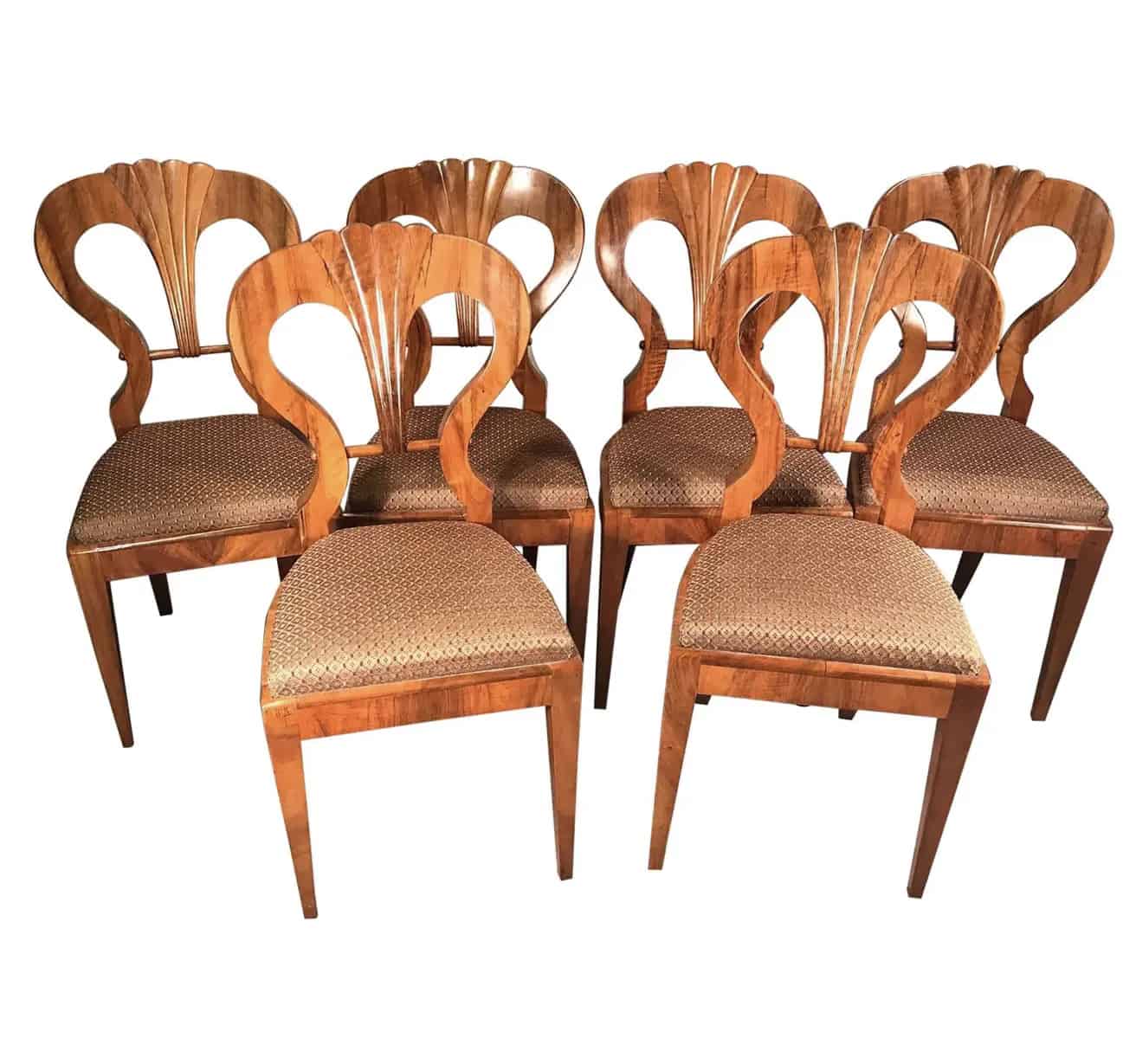
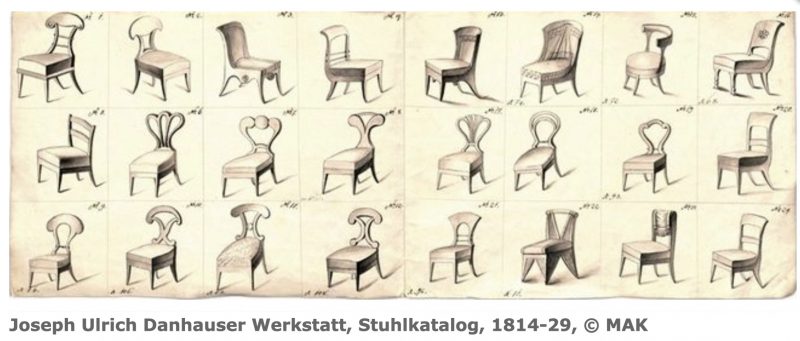
The treasures from Danhauser’s workshop live on, however. We added a set of six Biedermeier chairs attributed to Josef Danhauser to our Styylish catalogue this week! Note their fine, undulating backs in combination with their solid, simple feet to understand the ironies of Danhauser’s style first-hand.
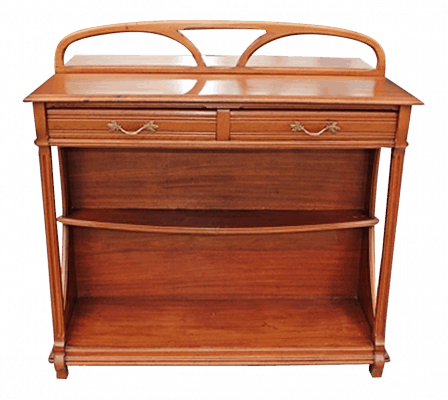
Then, find the same light curves in this French Art Nouveau Sideboard, which exemplifies the joyful, youthful features of the early 20th century. It is certainly a marvel that those two objects developed a hundred years apart, from a stylistic point of view.
Ahead of his Time?
The moral of Josef Ulrich Danhauser’s story is a fundamental truth about art history. You will never know if the avant-garde offshoots of one period are actually the precursors to a much larger movement.
To appreciate the happenstance of Danhauser’s style in context of the movements that followed long after his death is to appreciate a visionary in furniture design. You could bring his unique pieces to your home today and become part of their deep unusual history.







